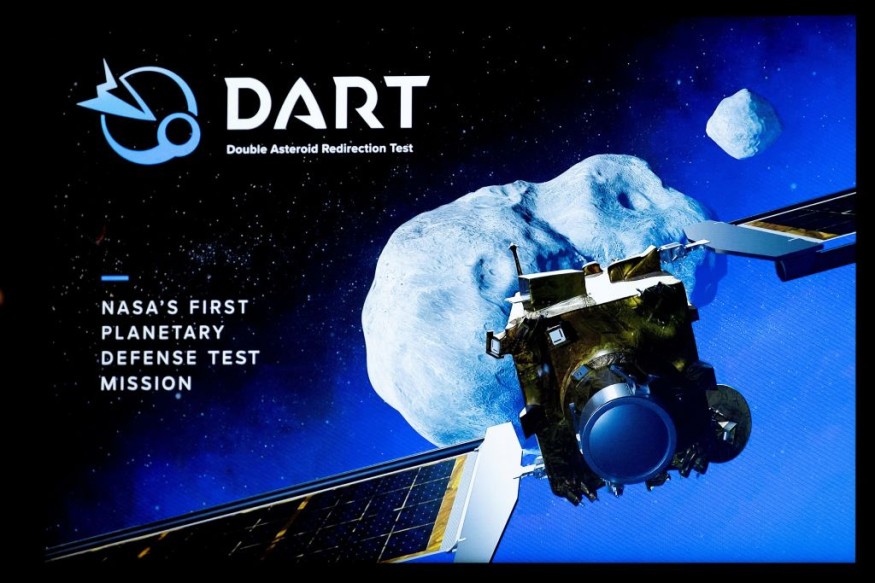
A rocket under NASA's DART mission crashed into the asteroid Dimorphos and successfully changed the rock's trajectory. Now, this has reportedly been confirmed by four different studies that are vital when it comes to furthering earth's planetary defense systems.
Trajectory of Space Rock Dimorphos Is Successfully Changed
NASA reveals good news five months after a rocket under its DART missions crashed into the asteroid Dimorphos. The effort was a huge success. Live Science also notes that similar approaches could be utilized for the earth's planetary defense system. This is according to four recent studies.
Nicola Fox, who serves as the associate administrator for NASA Headquarters' Science Mission Directorate, mentions how she cheered when the rocket hit the asteroid's head in the earth's first demonstration of planetary defense technology. She also mentions that this is just the start of things.
NASA's DART Mission Tests Planetary Defense Theory 'Kinetic Impactor Technique'
The DART (Double Asteroid Redirection Test) was launched in late November 2021 after five years' worth of planning. The goal of the mission was to experimentally test a planetary defense theory referred to as the kinetic impactor technique. This basically involved changing the trajectory of an asteroid by hitting it with a high-speed rocket.
The DART mission's rocket successfully hit the asteroid Dimorphos on September 2022. The asteroid had a reported width of 525 feet, and it orbits around a bigger asteroid dubbed Didymos.
The impact's force changed the orbit of Dimorphos around the bigger asteroid by around 33 minutes. It successfully changed Dimorphos' trajectory, as initially confirmed by NASA.
Now, four other recent studies show that the success was greater than expected. The studies also show that the kinetic impactor technique is a potential planetary defense method that earth can employ to deflect potentially hazardous asteroids.
Kinetic Impactor Technique As a Viable Planetary Defense Method
The first one intricately details DART's successful impact. It recreates the timeline that led right up to the collision impact, the nature and location of the impact, and the shape and size of Dimorphos. The paper concludes that the rocket's successful impact shows that the kinetic impactor technique is viable for planetary defense.
It also notes that deflecting an asteroid as big as Dimorphos is possible even without any prior reconnaissance efforts as long as scientists prepare for the approach for several years.
The second study used two methodologies to verify the slowed orbit of Dimorphos, while the third one calculated the momentum that the impact of the rocket transferred right to the asteroid. The collision's impact affected the asteroid's speed of orbit and slowed it down by at least 0.1 inch each second. This can be attributed to the rocket's momentum and the huge dust plume that the asteroid's surface ejected after the collision.
The final paper indicates that the debris trail was seen stretching throughout space for thousands of miles. This made Dimorphos into an active asteroid, which is a space rock that has a similar orbit as an asteroid but has a trail that can be found in comets.
Altogether, the results show that there is potential when it comes to planetary defense.
Live Science reports that specialists will continue to look deeper into the DART mission collision. Moreover, the ESA is planning to deploy the Hera craft in 2024 to look closer into Dimorphos' scarred face.
Check out more news and information on Space in Science Times.











